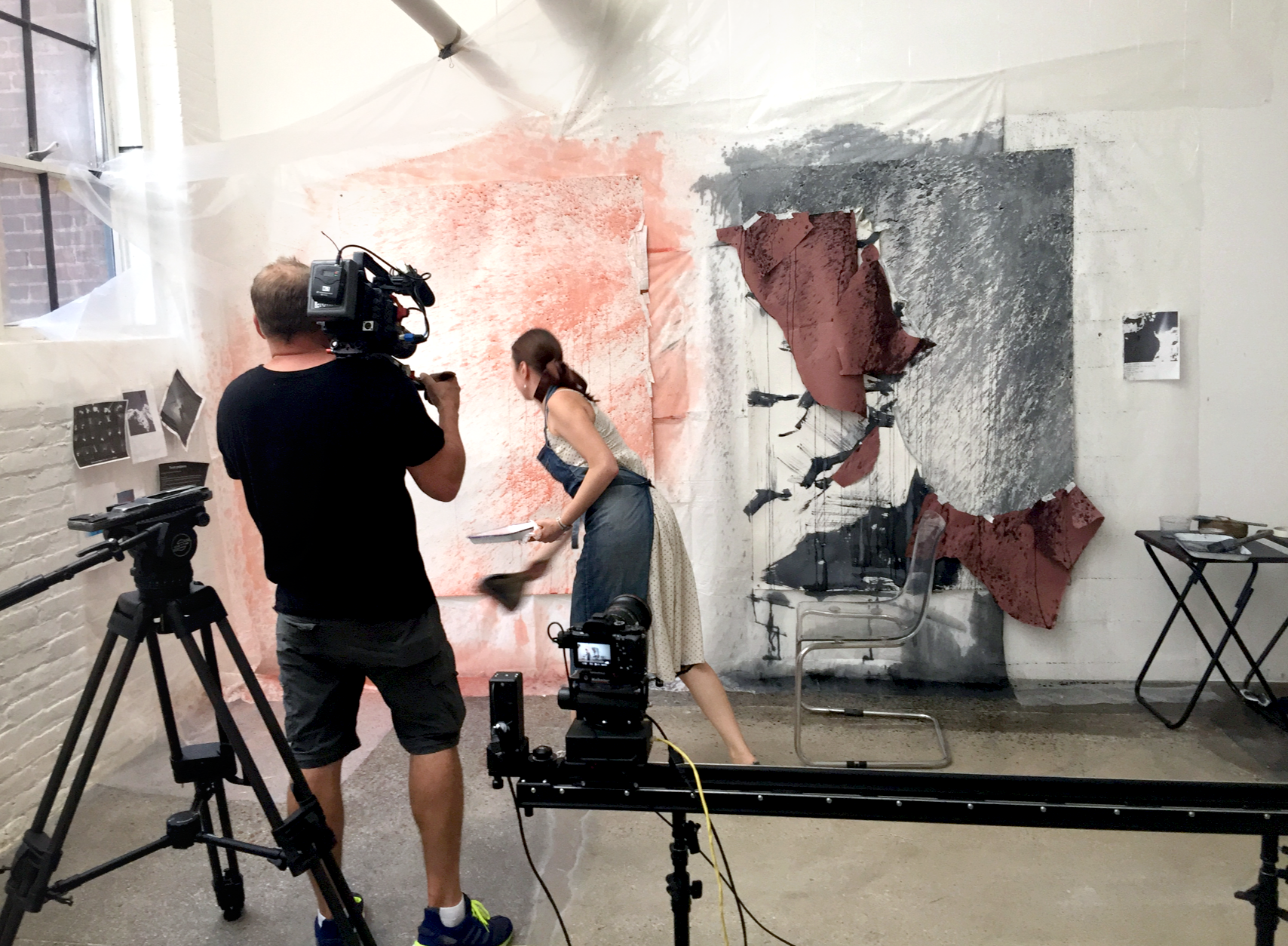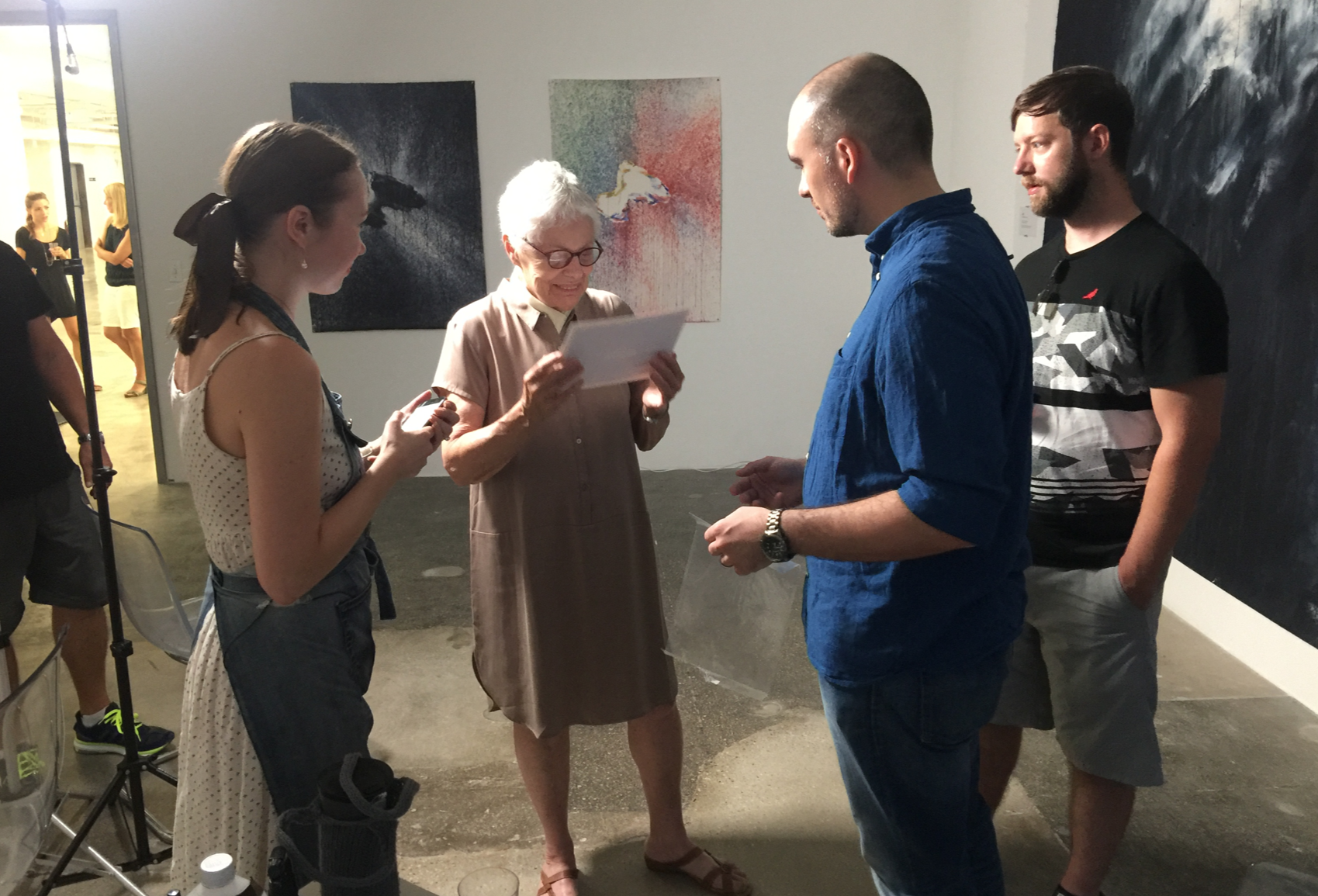This spring I traveled to Vienna to join 14,495 scientists from 107 countries discussing about Earth, environment and climate. This event took place in a large conference center, to be able to provide enough space for dozens of simultaneous talks, hundreds of posters, science booth and so on.
For 5 days from early morning to mid evening important topics were discussed, such as: Missions and techniques for planetary explorations,
Atmospheric and Meteorological research,
Vegetation-climate interactions...
But I was most interested in the following topics:
Arctic environmental change: global opportunities and threats,
Cities' resilience to a changing climate,
Present and future of permafrost in a climate changing world,
Rising methane and climate,
Future global cooperation on Climate Sciences...
It was amazing to see so many scientists uniting to protect our planet and present their research of the changing climate. I am very inspired as an artist and this symposium most definitely will help me with my current project "Frozen Waters" where I am researching snow and ice as a fragile phenomena in a warming environment.
I am very humbled to being able to also give a talk during this symposium and present my poster in the session "Scientists, artists and the Earth: co-operating for a better planet sustainability".
I am not alone in my fight for better planet sustainability and reducing global warming. If you are with me, please share your thoughts and lets work o this together!






















































